Have you ever gone through extremely painful emotions, that has completely caused you to lose control of yourself and your composure?
When Maura was told that her job was in jeopardy she immediately ran out of the office, through the hallway, into the elevator, and out to her car. She called me as she was driving, 80 miles an hour, banging on the horn and yelling obscenities to everyone who came into her path. “I can’t take any more of this sh*t, “ she screamed into the phone. “My whole life has been one failure after another.” “I am so angry,” She said over and over in between screams and cursing. As soon as she got home she opened a bottle of wine and drank it down.
“I can’t cope with things anymore. It’s all too much.”
I guess one could say it wasn’t Maura in the driver’s seat that day. Instead, her emotions took the wheel. Meanwhile, Maura, an intelligent, reasonable, and professional woman, went for the ride.
Maura thought she was responding to her situation. But instead, she was reacting.
She’s not alone. When bad things happen to us, it is natural to react. When a tiger chases us, we run.
But Maura was tired of running. Besides that, she wasn’t running from a tiger, she was running from herself.
Read 4 Ways To Cope With Negative Emotions
When we run, we miss out on our inner experience. We give up agency over our bodies, thoughts, and behaviors. When we sprint from the moment, we miss out on the opportunity to fully engage with our emotions.
Reacting is a way of avoiding our feelings. When we avoid our feelings, they get control, we feel like victims, helpless and unable to stand our ground.
And with everything going on in the world, we need more ground.
It’s time to respond.
Marsha Linehan, Ph.D., in Dialectical Behavior Therapy says the function of emotions is to communicate to others and to ourselves. Emotions are private experiences that have powerful potency to influence.
Emotions are superpowers. And like all superpowers, they need to be practiced and harnessed.
Dr. Linehan claims that in order for emotions to work for us, they need to be regulated. She describes emotion regulation as the ability to control or influence which emotions you have when you have them, and how you experience and express them.
A tall order.
How do we begin to control our emotions?
We start by practicing experiencing them.
It’s important to first point out that experience and expression are not the same. One follows the other. But most of us express before we have experienced. Skipping over the experience of emotions allows the emotions to bully us.
Read 5 Ways To Spot Emotional Triggers and How To Deal With Them
One way to practice experiencing emotions is through pretend practice.
Actors in training learn that emotions are the fuel for delivering powerful performances. Since emotions are felt in our bodies, actors must be comfortable feeling them and practice giving them gestures and voice.
Try this. Take five minutes every day to experience feelings as an actor would.
Imagine a situation that could make you angry. (Perhaps keep it a fictional situation while you practice.)
Let the sensations enter your body.
Stand up and notice what anger brings to the body. Notice heat in the stomach. Sense the heart pound. Become aware of vibrations in the legs and arms. If you are alone, let the anger have a voice. Take your anger for a walk. Keep your focus on the body. Keep your attention on the physical sensation. Make note of the power this feeling offers.
After five minutes shake it out. Switch to imagining a relaxing, peaceful scene. Let your body response switch.
Flexing emotions is the second step to owning them. We can actually feel multiple feelings at the same time. In Emotional Agility, Dr. Susan David suggests getting “unhooked” from an emotion by changing your point of view and reframing your story.
Emotions are meant to be felt but we don’t have to be beholden to them. At any point, we can switch the pallet.
Maura wanted to stop running. She wanted to be a fighter and fight better for herself. She deserved to be treated better. She wanted to be seen as competent and strong. But she had to get more practice with the surges of anger in her body.
She practiced daily, feeling the energetic force of anger in her body. She noticed how if she felt the anger in her legs she could use it as strength to hold her ground. She called the heat in her stomach fuel that can be used to influence others. She imagined the energy in her arms and hands as laser might for making things happened. She started to feel more confident that perhaps the next time she gets slammed by life, she would not run.
And then she was tested.
Maura’s supervisor unfairly demeaned her in front of her employees. But this time instead of running, she stayed. She felt her legs strong like oak trees, she noticed her heavy pounding heart pump blood into her arms. She kept her breathing measured, her eye contact firm. Instead of running, she waited a few seconds.
And then she responded.
“I am going to think about your feedback and get back to you about it.”
Read 6 Ways To Build Emotional Resilience and become Unfuckwithable
The response was delivered with control and confidence. She could see the effect it had on her supervisor. “He was shook. And I think he was impressed somehow.”
But most important, Maura felt present. She showed up for herself. She withstood the dizzying wave of her emotion without running from it.
She was triumphant.
She refocused her attention to her prepared calming image of the ocean on a sunny beach. Took another breath and immediately felt more relaxed. The practice of unhooking had worked.
She noticed her employees sitting around the conference table and watching her, waiting for her response. She smiled.
No matter what happened next, Maura had won. She was in control of herself. She had experienced her emotions and used them to manage a difficult supervisor’s comment, and she reassured her employees that she was in charge.
Her feelings were her superpowers after all.
You can get in touch with Dr. Cecilia Dintino by joining the Twisting The Plot email list.
Written By Cecilia Dintino
Originally Appeared In Twisting The Plot
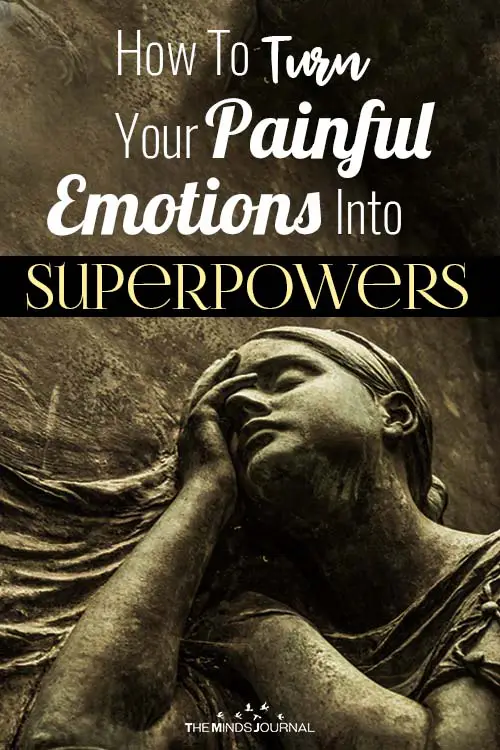
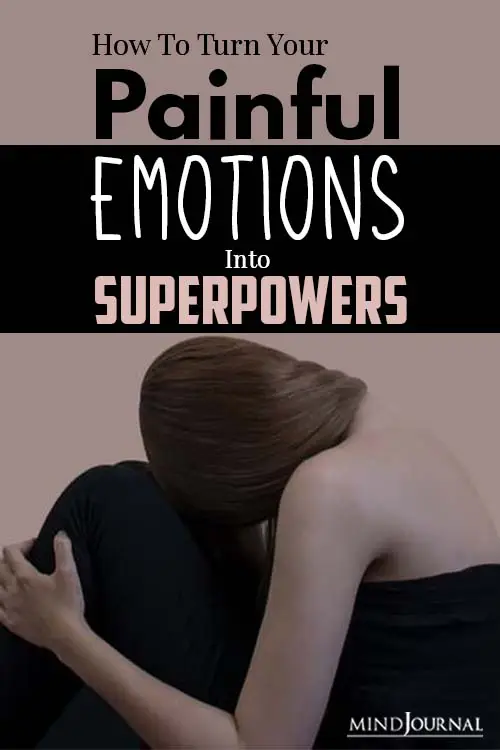


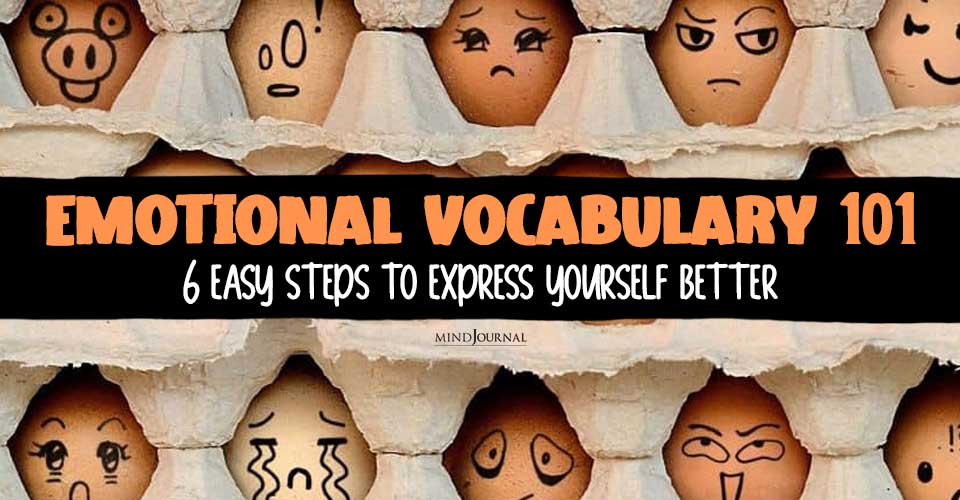
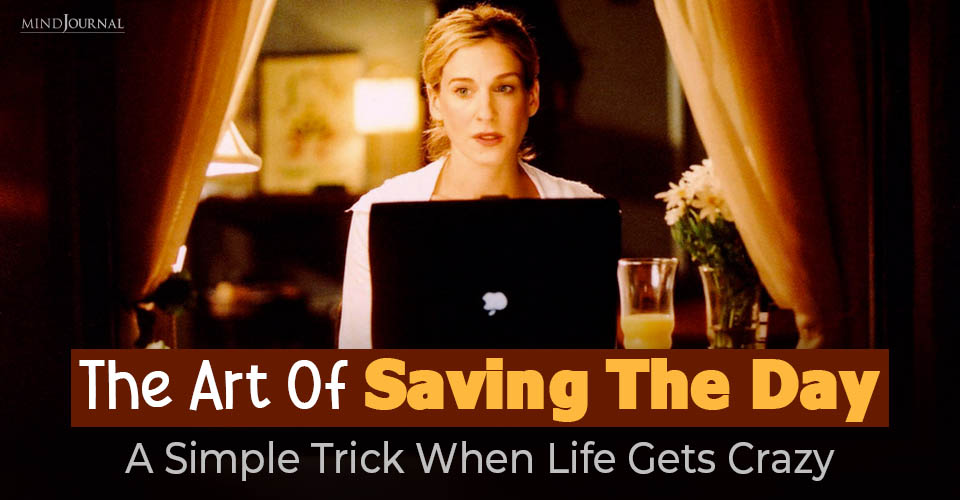
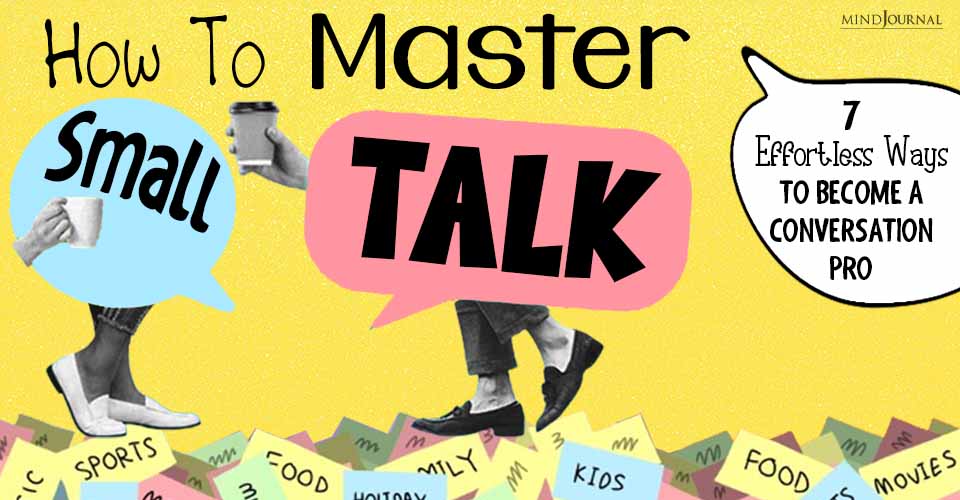
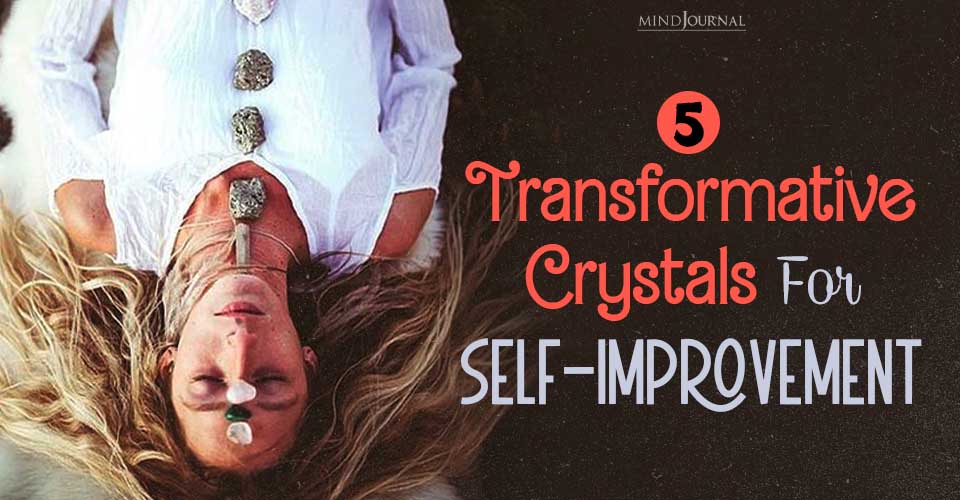
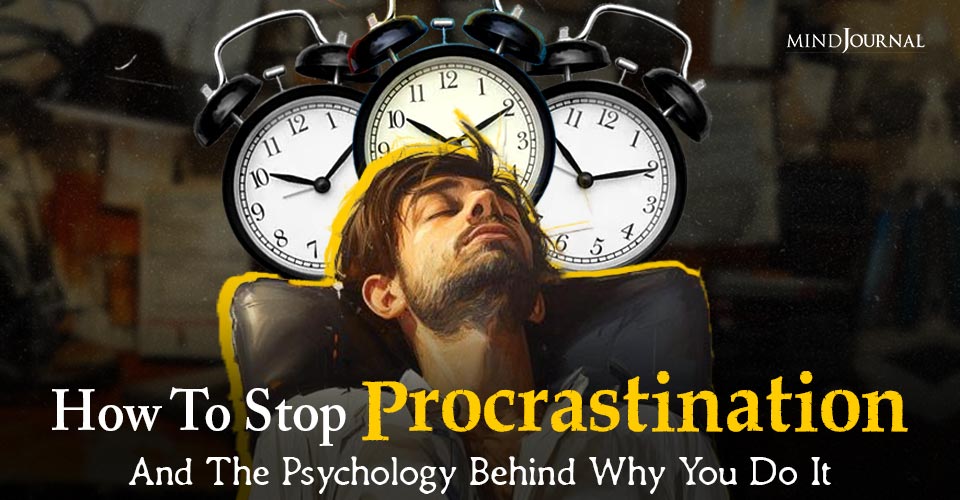
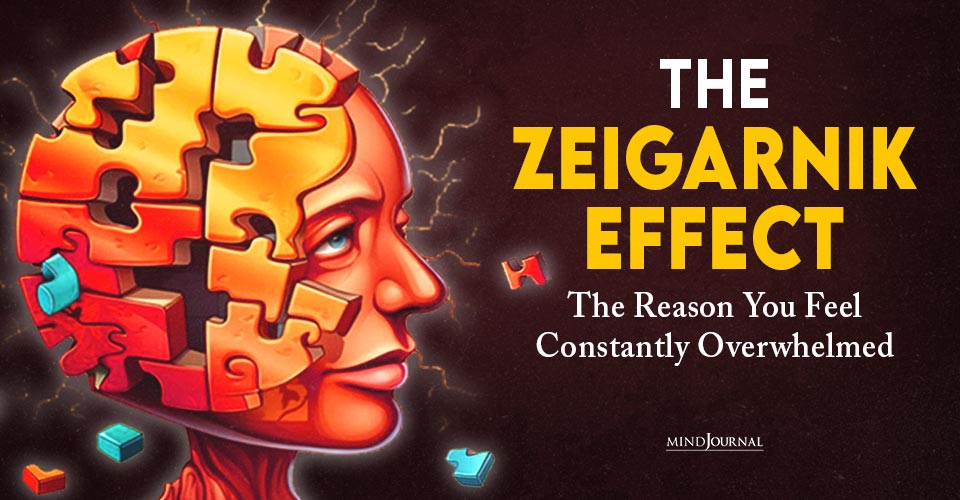
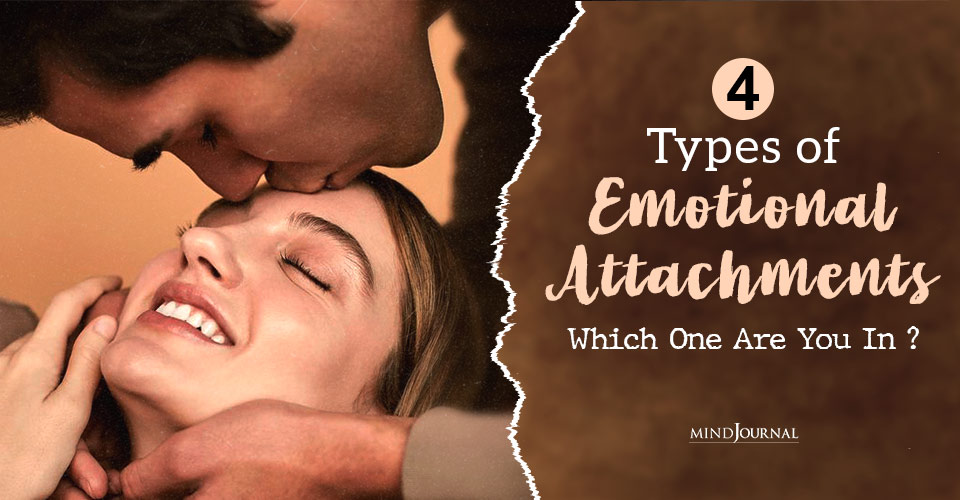
Leave a Reply
You must be logged in to post a comment.